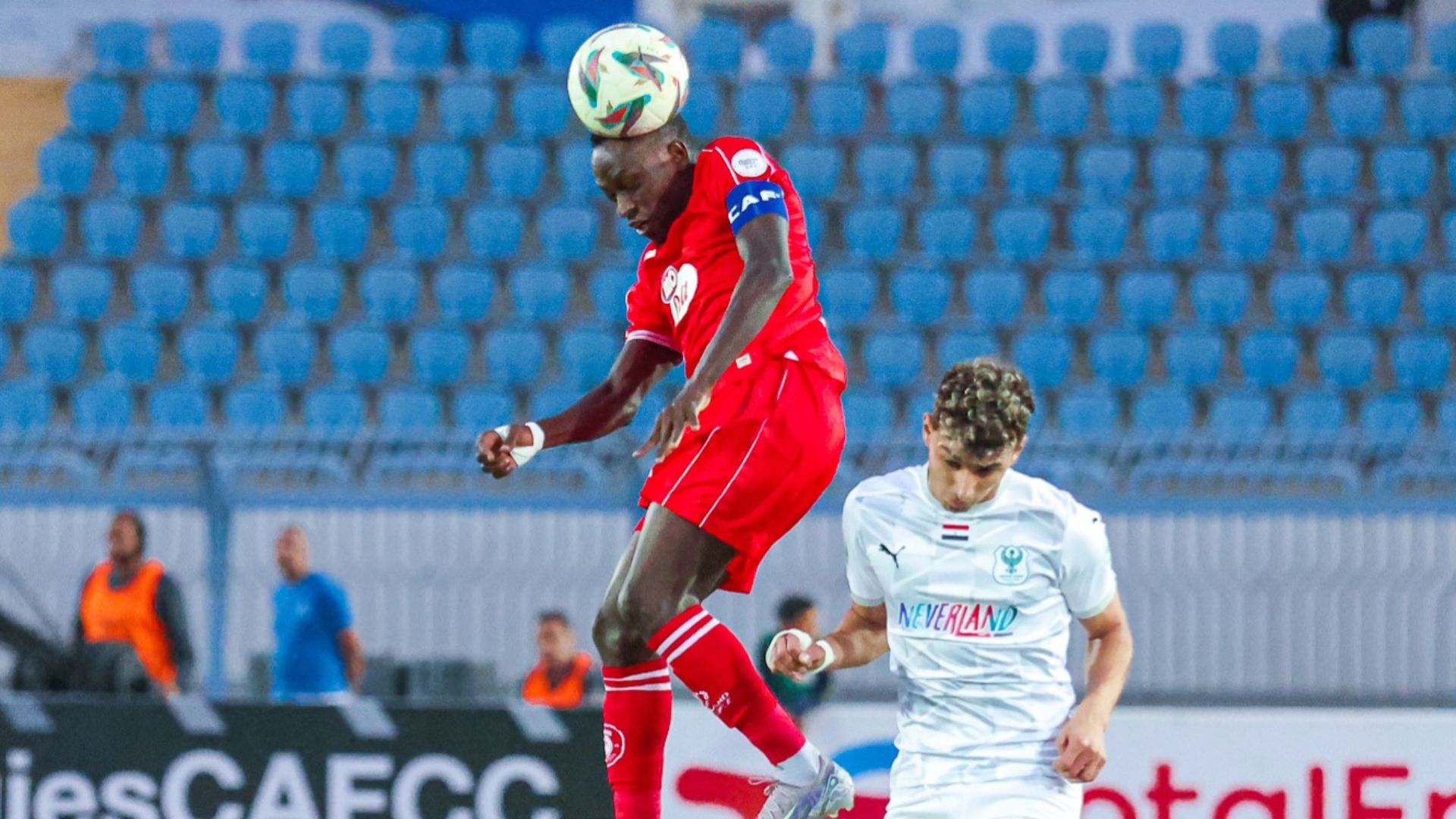The CAF Confederation Cup quarter-final showdown between Egyptian outfit Al Masry and Tanzanian giants Simba SC was a tale of contrasting journeys.Simba cruised through the group stage, finishing top of Group A with an impressive 13 points, while Al Masry had to fight their way through, finishing second in Group D with nine points.With both teams having drawn in their previous two encounters, this fixture was always going to be a tight contest. Al Masry’s strong home form and Simba’s prowess on the road added an extra layer of intrigue to an already unpredictable encounter.Harambee Stars drop three places in latest FIFA rankingsIn the end, Al Masry emerged victorious with a well-earned 2-0 win, securing their goals through Abderrahim Deghmoumon and John Okoye Ebuka on either side of halftime. But beyond the scoreline, this clash was a fascinating tactical battle that shaped the outcome.Lineups and Tactical Setup Al Masry head coach Anis Boujelbene deployed his side in a 3-4-1-2 formation, with Mahmoud Gad in goal. The defensive trio consisted of Baher El Mohamady, Mahmoud Hamada, and Khaled Sobhi, while Ahmed Eid and Amr Saadawy operated as wingbacks.##NAJAVA_MECA_8823855##Mohamed Makhlouf and Youssef El Gohary anchored the midfield, supporting playmaker Abderrahim Deghmoum in the attacking role. Up front, the experienced Salah Mohsen partnered with Fakhreddine Ben Youssef. On the opposition front, Fadlu Davids lined Simba up in a 4-2-3-1 formation, with Moussa Camara guarding the net. Shomari Kapombe, Chamou Karaboue, Abdulrazack Hamza, and Mohamed Husseini made up the back four.Yusuph Kagoma and Fabrice Ngoma played as the midfield double pivot, while Jean Ahoua occupied the central attacking role. Elie Mpanzu and Denis Kibu provided width, with Lionel Ateba leading the line.AFC Leopards issue detailed breakdown of Mashemeji Derby gate collectionFirst-Half Tactical BattleFrom the outset, Al Masry sought to build from the back, utilizing their three center-backs to stretch Simba’s pressing structure. The two wide center-backs pushed into fullback positions, making it difficult for Simba’s two forwards to press effectively, as they were forced to cover large distances between opponents.This build-up play allowed Al Masry to advance the ball through midfield with ease. Instead of holding traditional wide positions, the wingbacks, Saadawy and Eid, tucked into the half-spaces, creating numerical superiority in central areas.##NAJAVA_MECA_8823922##This overload allowed Al Masry to control possession, leaving Simba’s 4-4-2 defensive shape struggling to contain them.The effectiveness of this approach was evident in the opening goal. Gohary, finding himself in space, picked out Deghmoum, who had the time to look up and unleash a stunning strike from distance. The shot caught Camara off guard, giving Al Masry the lead.Defensively, Al Masry alternated between a 5-4-1 and 4-5-1 shape, depending on the situation. When defending deeper, both wingbacks dropped into the backline, reinforcing the defense. In other moments, one wingback pushed into midfield alongside a striker, forming a five-man midfield that stifled Simba’s passing lanes.How much it will cost candidates to contest for Gor Mahia electoral positionsSimba, on the other hand, also aimed to build from the back, but with a notable tactical quirk—the center-back took goal-kicks instead of the goalkeeper, initiating play directly. Their typical pattern saw the ball progress from the center-back to the fullback, who then looked for the winger.However, this system had a flaw—Simba’s wingers, Mpanzu and Kibu, were frequently isolated, often losing possession due to a lack of nearby support. Additionally, the fullbacks were highly conservative, prioritizing defensive duties over attacking contributions.With fewer numbers committing forward, Simba struggled to build attacking momentum and found themselves repeatedly overpowered by Al Masry’s midfield dominance.##NAJAVA_MECA_8823928##Second-Half AdjustmentsDespite no personnel changes at halftime, both teams adjusted their approach significantly.With the lead in hand, Al Masry became more passive, preferring to sit in a low block rather than pressing high. Their defensive strategy focused on collapsing onto Simba’s attackers when they entered the final third before launching quick counterattacks upon winning possession.Simba, recognizing the need for a breakthrough, adopted a more aggressive approach. The fullbacks pushed higher up the pitch while the wingers drifted into the half-spaces to create overloads. These tactical tweaks resulted in Simba dominating possession, as reflected in the second-half statistics.Shaphan Siwa shines in Tanzania, eyes survival and top-ten finish with Kagera SugarTheir control translated into goal-scoring opportunities. Simba registered 18 shots in total compared to Al Masry’s 7 – 12 of these shots came in the second half highlighting Simba’s dominance in the second period. The shot maps below shows the number and location of the team’s shooting locations.The improved fluidity in their attacking play saw them circulate possession more effectively, building momentum as they searched for an equalizer.However, their increased attacking ambition came at a cost. With both fullbacks advanced, defensive gaps emerged, particularly on the right flank where Kapombe had pushed high. Al Masry patiently waited for the right moment to exploit this weakness.That moment arrived in the 88th minute. Substitute Mido Gaber took advantage of the vacant space left by Kapombe, whipping in a dangerous cross from a counterattack. Camara managed to parry the initial ball, but it fell kindly to another substitute, John Okoye Ebuka, who made no mistake from close range.##NAJAVA_MECA_8823961##The late goal sealed the contest, putting the result beyond Simba’s reach and leaving them with an uphill battle in the return leg.ConclusionAl Masry’s tactical discipline and structured approach proved decisive in securing a crucial first-leg advantage. Their ability to control possession in midfield, exploit numerical superiority, and defend resolutely made the difference.Meanwhile, Simba showed promise, particularly in the second half, but their lack of attacking width in the first half and defensive vulnerabilities late on ultimately cost them.Tusker FC defender breaking barriers by shaping future stars in marginalized communityAs the second leg looms, Simba will need to find a balance between attacking intent and defensive stability if they hope to overturn the deficit.On the other hand, Al Masry will aim to replicate their defensive solidity while capitalizing on counterattacking opportunities to see the tie through. With everything still to play for, the return leg promises to be another fascinating tactical battle.

